Vegetables To Plant Together For A Healthy Productive Garden
Title: Vegetables to Plant Together for a Healthy Productive Garden
Introduction:
Companion planting is a gardening practice that involves planting certain crops together for their mutual benefit. By understanding which plants grow well together, you can create a more productive and healthy garden.
There are many benefits to companion planting. For example, companion plants can:
- Attract pollinators and beneficial insects, which help to control pests.
- Repel pests and diseases.
- Improve soil health.
- Extend the growing season.
- Increase yields.
If you're new to companion planting, don't worry. It's not as complicated as it sounds. There are a few basic principles that you can follow to get started.
Main Content:
Here are some of the most common companion planting pairings:
- Beans and corn: Beans fix nitrogen in the soil, which benefits the corn. Corn provides support for the beans to climb.

- Carrots and onions: The strong smell of onions helps to repel pests that target carrots.

- Cucumbers and beans: Cucumbers and beans both enjoy full sun and need regular watering. They also have similar growing habits, so they can be planted together without competing for space.
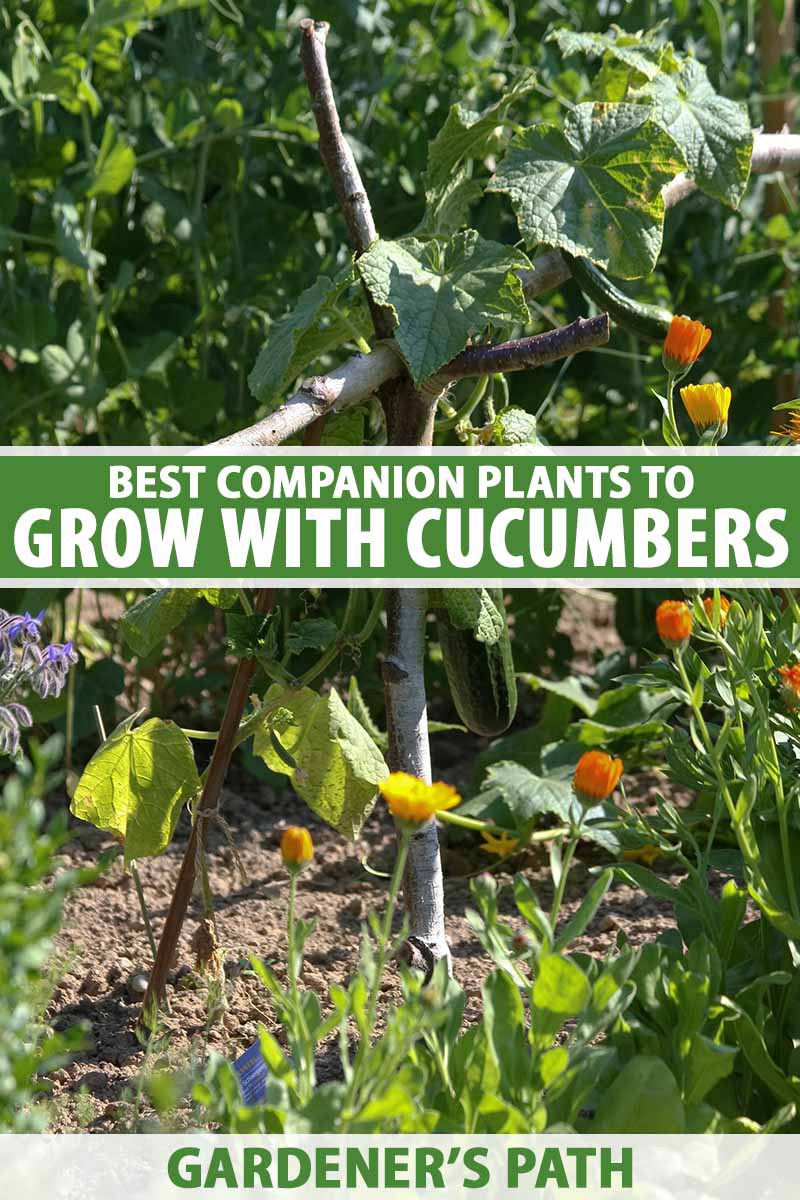
- Lettuce and tomatoes: Lettuce doesn't mind the shade cast by tomatoes, and it can help to suppress weeds.
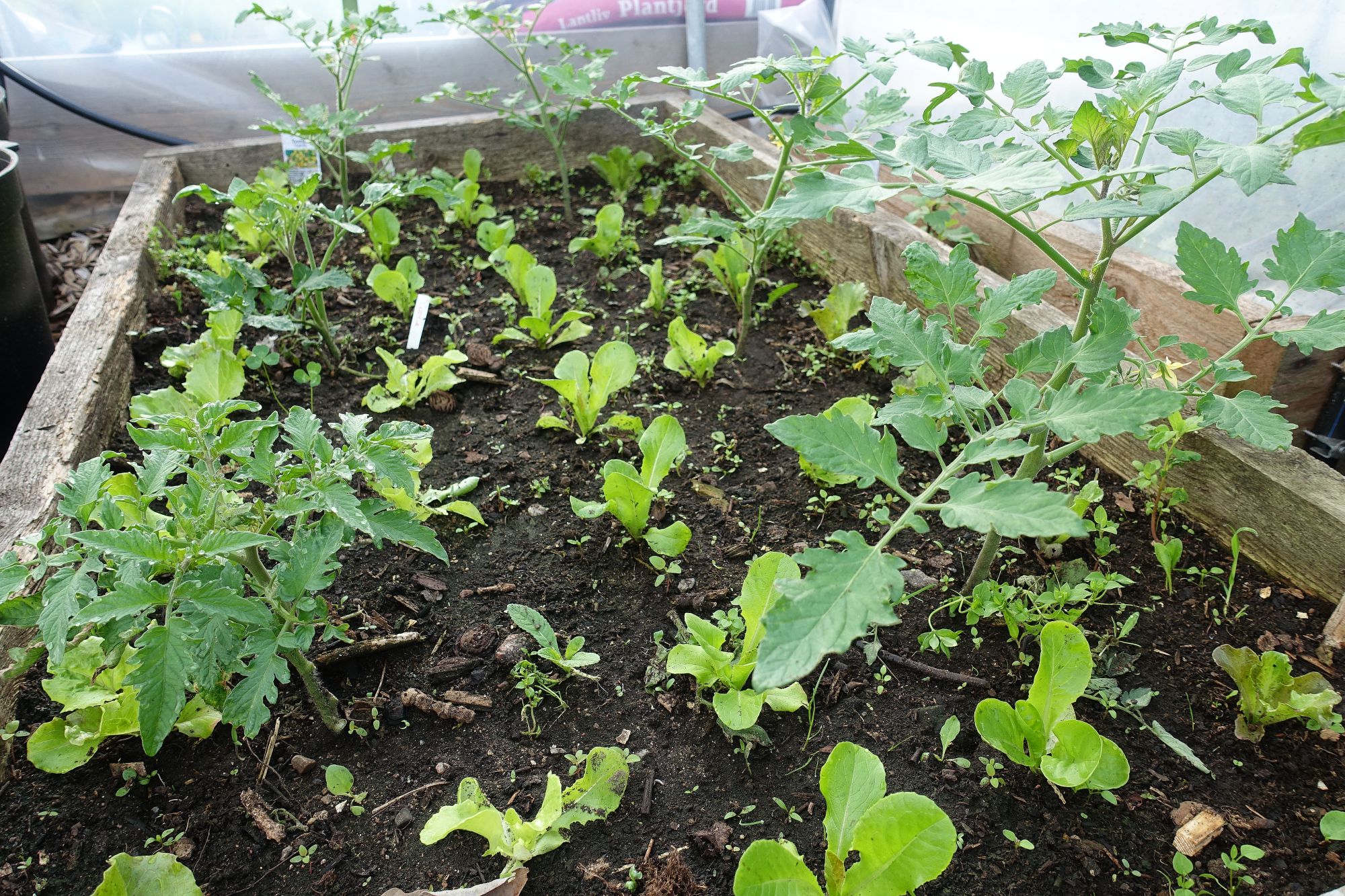
- Marigolds and tomatoes: Marigolds help to repel nematodes, which can damage tomatoes.
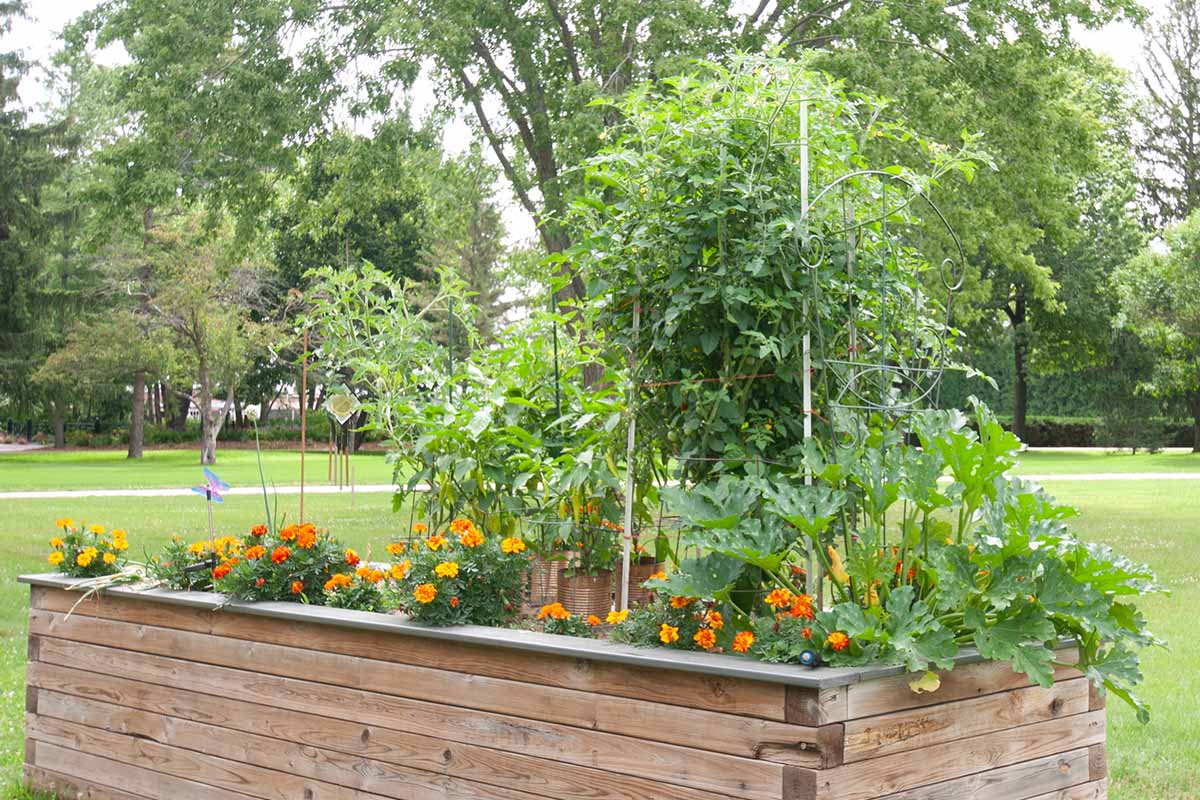
- Peas and carrots: Peas fix nitrogen in the soil, which benefits the carrots. Carrots help to suppress the growth of weeds.
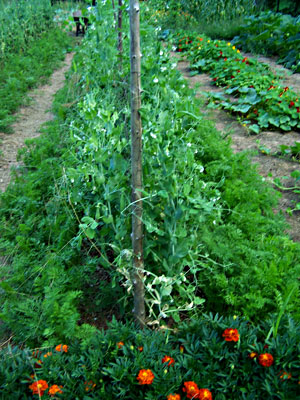
- Potatoes and beans: Potatoes and beans both benefit from being planted together. The beans fix nitrogen in the soil, which benefits the potatoes. The potatoes help to suppress the growth of weeds.
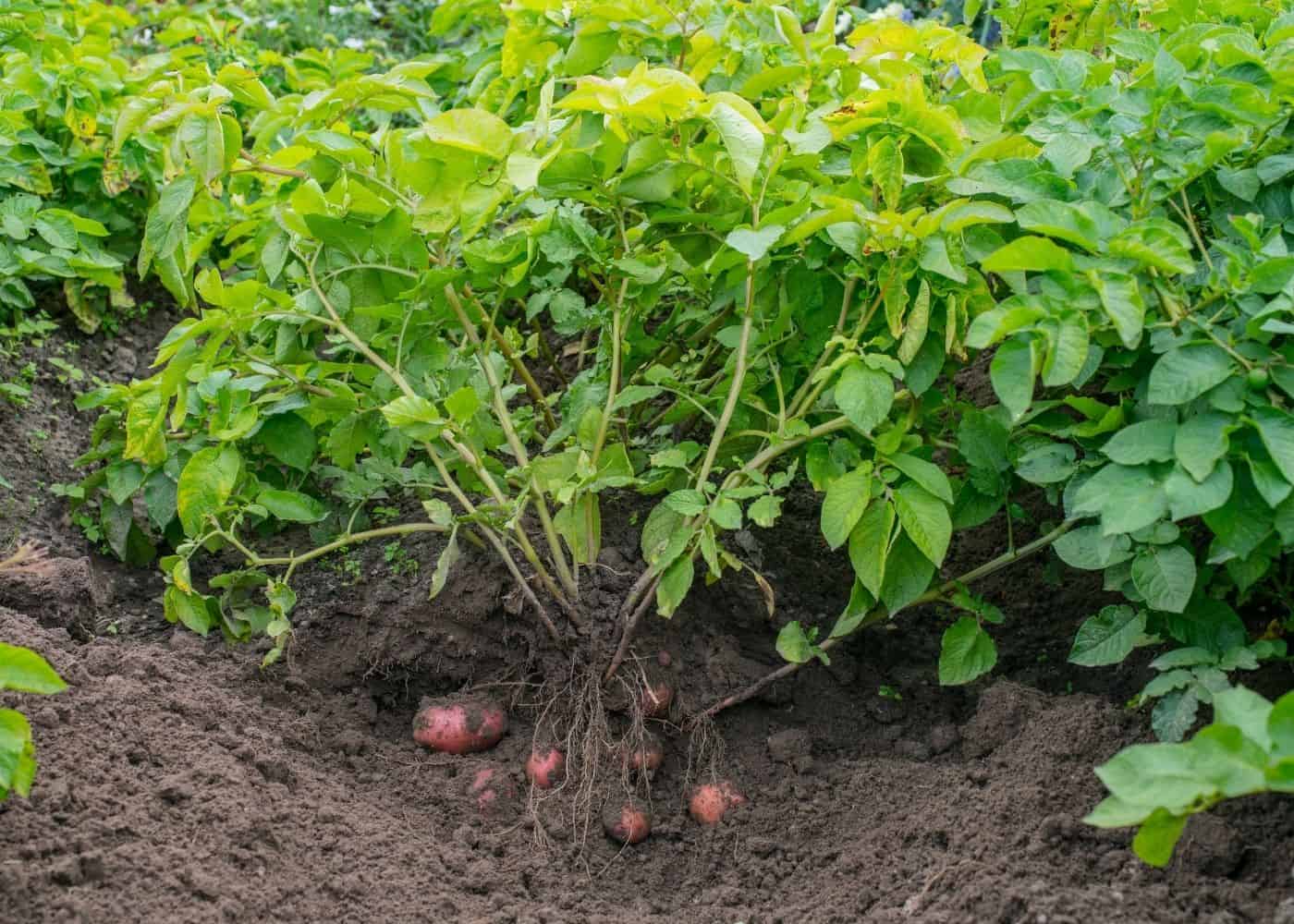
- Spinach and radishes: Spinach and radishes can be planted together because they have different growing habits. Spinach matures quickly, so you can plant radishes in between the spinach plants. Once the radishes are harvested, the spinach will have more space to grow.
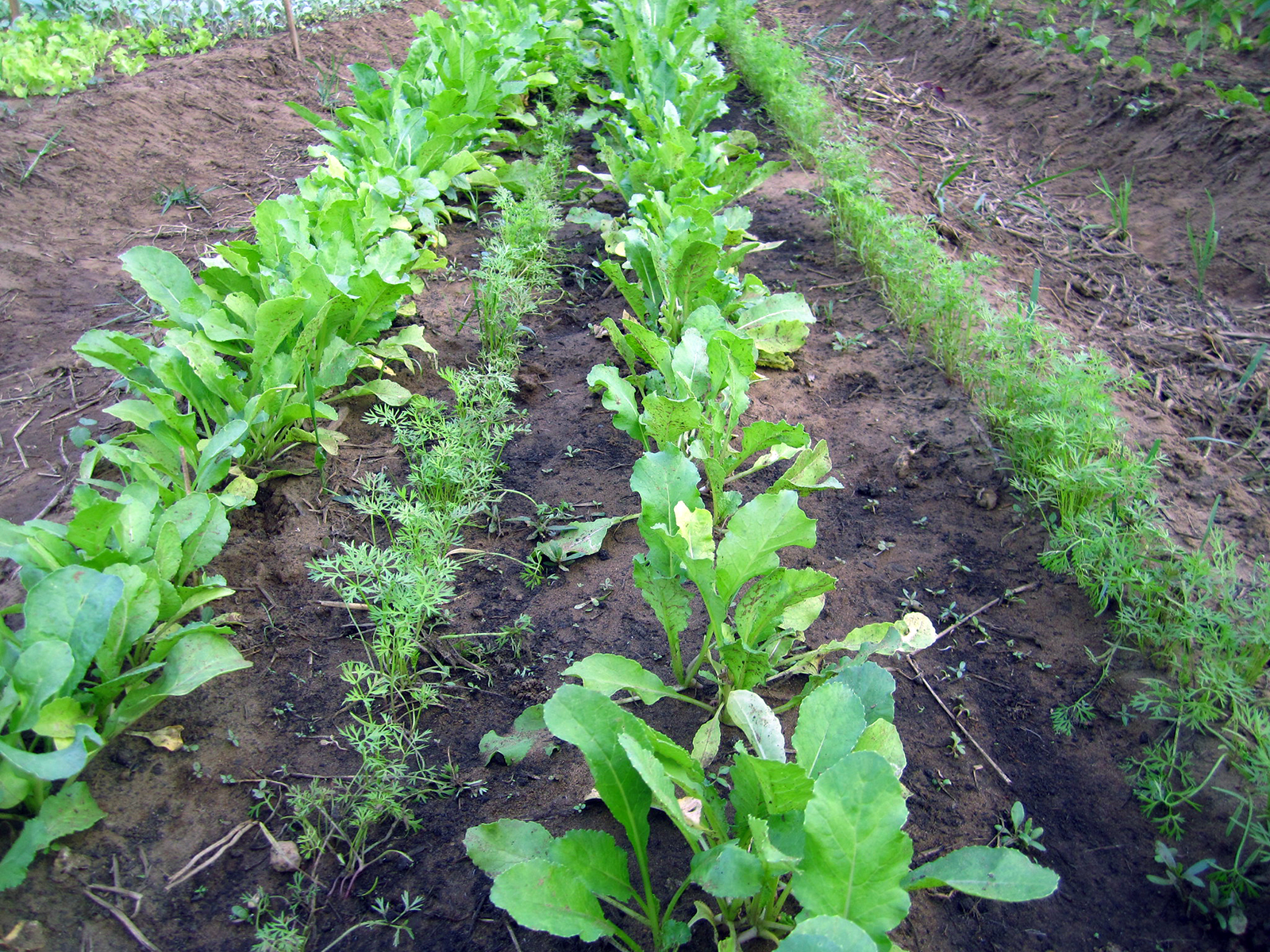
These are just a few of the many companion planting pairings that you can try. There are many resources available online and in gardening books that can help you to learn more about companion planting.
Conclusion:
Companion planting is a great way to improve the health and productivity of your garden. By understanding which plants grow well together, you can create a more balanced and sustainable garden.
Are you looking for more information about vegetables to plant together? Visit Garden Wiki for a comprehensive guide on companion planting. You'll learn which vegetables benefit each other when planted near each other, and which ones should be avoided. This information can help you create a more productive and pest-resistant vegetable garden.
FAQ of vegetables to plant together
- What vegetables can be planted together?
There are many different vegetables that can be planted together, but some of the most common pairings include:
* Beans and corn: Beans fix nitrogen in the soil, which is beneficial for corn. Corn provides shade for beans, which helps to protect them from the sun.
* Carrots and onions: Carrots and onions repel each other's pests, so planting them together can help to reduce the number of pests in your garden.
* Cucumbers and melons: Cucumbers and melons both need a lot of water and full sun, so they make good companions.
* Lettuce and spinach: Lettuce and spinach are both cool-season crops that can be planted together. They have similar growing requirements, so they are easy to care for.
* Peas and tomatoes: Peas and tomatoes both benefit from being planted together. Peas fix nitrogen in the soil, which is beneficial for tomatoes. Tomatoes provide shade for peas, which helps to protect them from the sun.
- What vegetables should not be planted together?
There are also some vegetables that should not be planted together, as they can compete for resources or attract pests. Some of the most common pairings to avoid include:
* Asparagus and beans: Asparagus is a heavy feeder, so it can outcompete beans for nutrients.
* Cabbage and cauliflower: Cabbage and cauliflower are susceptible to the same pests, so planting them together can increase the risk of infestation.
* Eggplant and potatoes: Eggplant and potatoes are both susceptible to the same diseases, so planting them together can increase the risk of infection.
* Melons and squash: Melons and squash can spread powdery mildew to each other, so it is best to avoid planting them together.
* Tomatoes and peppers: Tomatoes and peppers can attract the same pests, so planting them together can increase the risk of infestation.
- How close should vegetables be planted together?
The amount of space you need to plant vegetables together depends on the type of vegetable and the size of the mature plant. Some general guidelines include:
* Beans: 3-4 inches apart
* Carrots: 2-3 inches apart
* Cucumbers: 1-2 feet apart
* Lettuce: 2-3 inches apart
* Peas: 1-2 inches apart
* Tomatoes: 2-3 feet apart
- Do vegetables need to be planted in pairs?
No, vegetables do not need to be planted in pairs. However, planting certain vegetables together can have benefits, such as attracting beneficial insects, deterring pests, or improving soil quality.
Image of vegetables to plant together
- Carrots and onions: These two vegetables have different root systems, so they won't compete for nutrients. They also help to repel pests from each other.

- Beans and corn: Beans fix nitrogen in the soil, which helps corn to grow. Corn provides shade for beans, which helps to keep them cool.
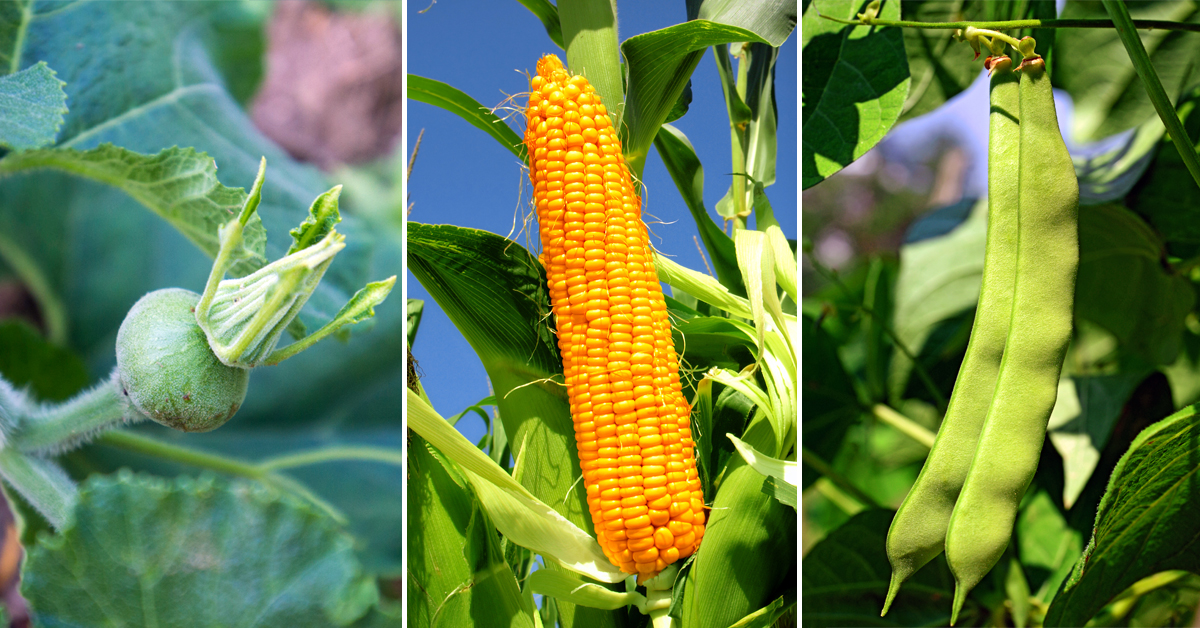
- Lettuce and tomatoes: Lettuce doesn't require a lot of space, so it can be planted between tomatoes. Lettuce also helps to suppress weeds.
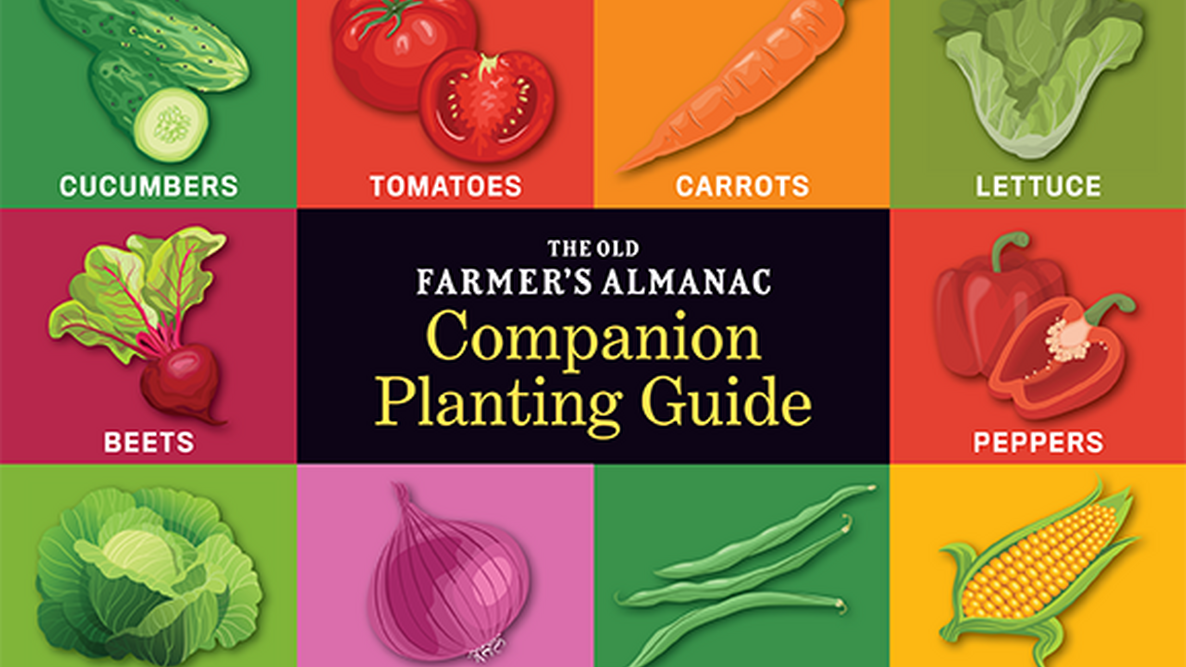
- Peas and carrots: Peas can help to deter pests from carrots. They also help to improve the soil structure.

- Cucumbers and melons: These two vegetables need similar growing conditions, so they can be planted together. They also help to attract pollinators.

- Kale and Swiss chard: These two leafy greens can be planted together because they have similar nutrient requirements. They also help to shade the soil, which helps to keep it cool.

- Spinach and radishes: Spinach and radishes can be planted together because they have different growing seasons. Spinach is a cool-season crop, while radishes are a warm-season crop.

- Basil and tomatoes: Basil helps to deter pests from tomatoes. It also enhances the flavor of tomatoes.
- Herbs: Many herbs can be planted together, as they have similar growing conditions. Some good combinations include:
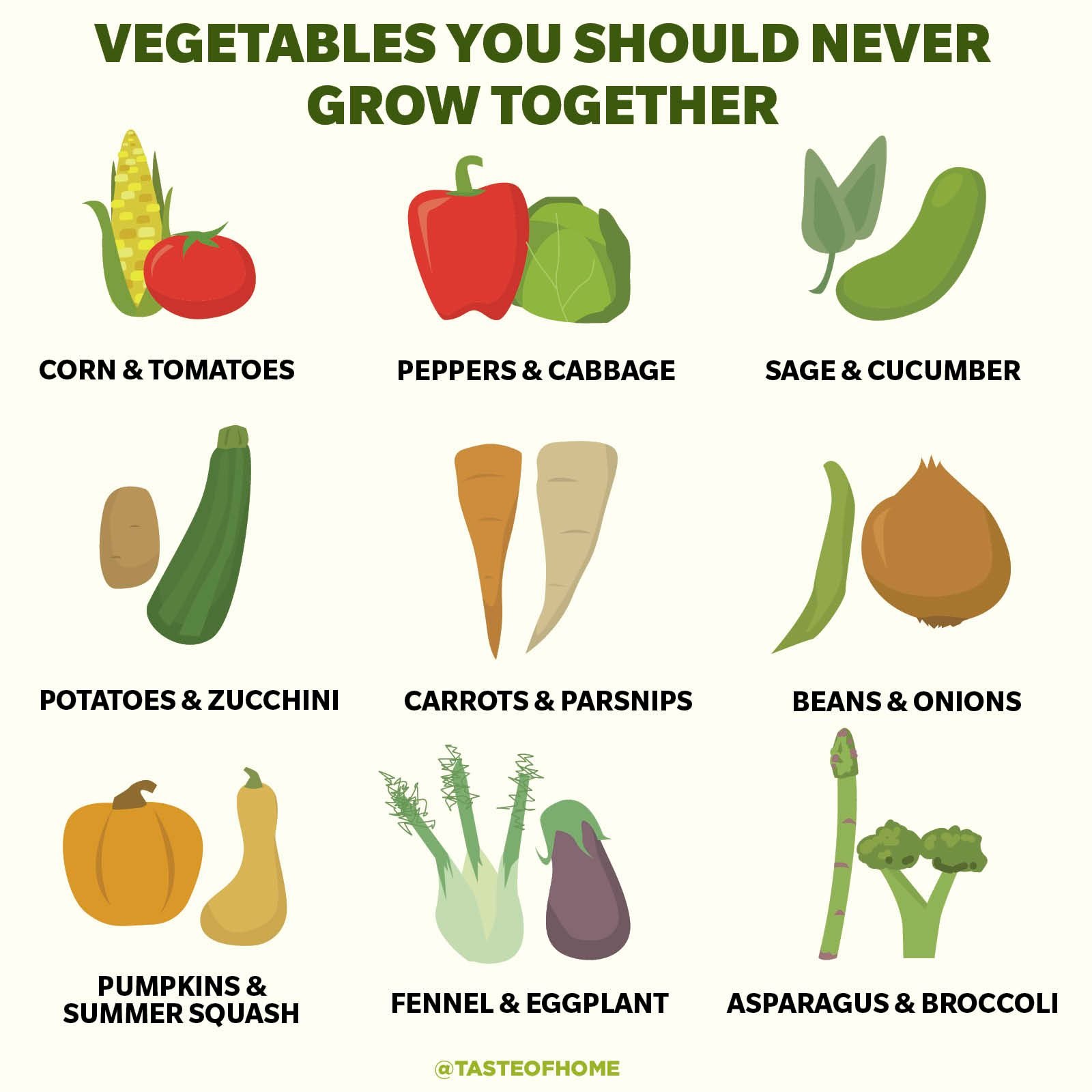
Post a Comment for " Vegetables To Plant Together For A Healthy Productive Garden"